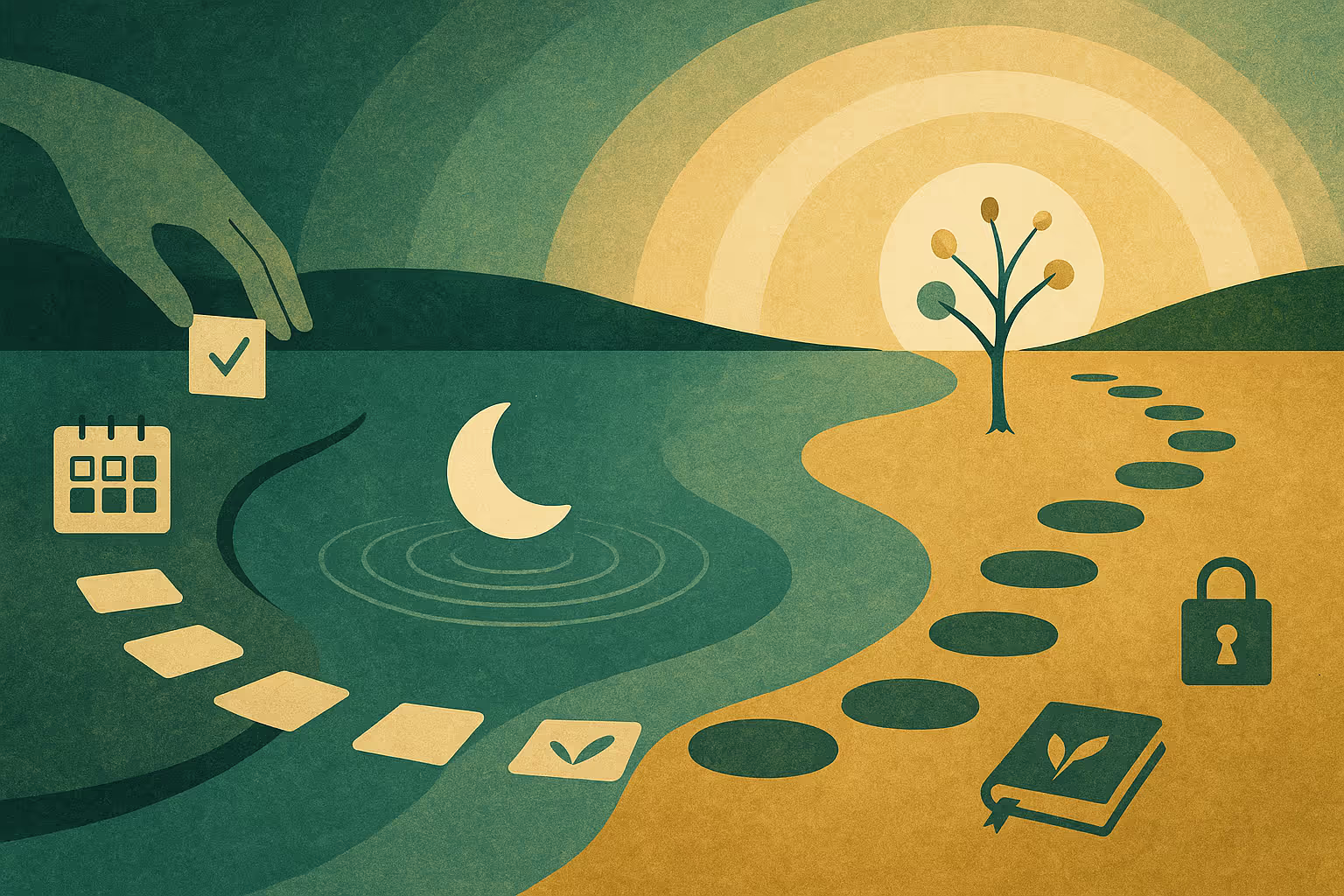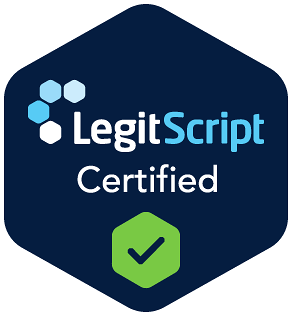When people first hear about ketamine therapy for depression, many go straight to Google and type “how to get a ketamine prescription.” It’s a fair question — and one that reveals how confusing the language around this treatment can be.
Do you need a prescription? Can you pick it up at a pharmacy? Or is it something only done in a clinic?
At Lumin Health, we spend a lot of time helping patients understand what makes in-clinic ketamine therapy safe, effective and accessible.
Why People Ask for a “Ketamine Prescription”
For most people, getting medical treatment means getting a prescription. For many everyday medications, that’s true: your doctor writes an order, the pharmacy fills it, and you take it at home.
But we believe ketamine treatment isn't the safest or the most effective that way. Unlike a typical prescription, we believe that the benefit and safety of ketamine is maximized when it is administered under medical supervision, in a dedicated set and setting, and with mental health staff who can support a person to a recovery.
That intent is key. In a clinical setting, ketamine treatment is used with the goal of relieving depression safely — not to alter perception or mood for recreation. The treatment happens in a monitored, professional environment, where every dose and response is carefully managed.
What “Prescription” Actually Means in Medicine
A prescription is a written order from a clinician to a pharmacy. The patient fills it, takes it home, and uses the medication independently.
With ketamine, that might look like:
- Lozenges or tablets made by a compounding pharmacy
- Nasal sprays or take-home kits mailed by telehealth companies
While this model increases convenience, it also increases uncertainty.
At-home ketamine has wide variation in bioavailability — meaning the amount of medicine that actually reaches the brain can differ drastically from dose to dose, depending on whether it’s swallowed or if any leaks out (such as the case with nasal sprays). At Lumin Health, we provide intramuscular ketamine in which the dose delivered is the dose received, or intranasal esketamine in which the volume of medication delivered is low and risk of leakage or swallowing is limited, meaning that more medication reaches the blood stream. We also provide it in a setting that can
Without professional monitoring, it’s also harder to adjust dose, track side effects, or manage difficult moments during treatment.
What “Administration” Means in Ketamine Clinics
When you receive administered ketamine — as patients do at Lumin Health — the ketamine administration is conducted under vastly different circumstances.
The medication isn’t filled at a pharmacy or taken home. Instead, it’s administered directly by a medical team in an environment designed to promote the most comfortable possible experience under the supervision of staff with deep familiarity with the medication
This approach allows for:
- Real-time monitoring of blood pressure and oxygen levels
- Immediate response to any side effects
- Dose adjustments based on patient response
- Support during moments of emotional intensity
Dr. Yudkoff says, “We’re able to provide ketamine in a safe environment that promotes introspection. A space where dosing is evidence-based, dosing is reliable, where side effects are managed, and the medicines source is secure.”
In other words, ketamine administration at sites like Lumin Health is a critical safety framework designed to structure treatment in the safest possible way.
Esketamine (Spravato): The Bridge Between Both
Esketamine (Spravato) is the only FDA-approved form of ketamine for treatment-resistant depression. Esketamine (Spravato) which can be ordered as a prescription is only permitted to be administered in certified clinics. This is based on the regulatory requirements of the FDA which are, in part, due to concerns about potential diversion (i.e., the medication being used for reasons other than its intended purpose) and for the best management of side effects. Patients self-administer the nasal spray under supervision, then stay for two hours of observation.
This balance — prescribed yet clinic-bound — ensures that the medication is both legally controlled and medically safe.
It’s also what makes Spravato one of the few insurance-covered options for advanced depression treatment, available at Lumin Health’s certified Spravato locations in Woburn, Brookline, Newton, and Cambridge.
Why Oversight and Language Both Matter
For many, the phrase “ketamine prescription” sounds simpler than “clinic-administered treatment.” But the difference is critical.
A prescription leaves safety and dosing to the patient.
Administration means a medical team manages everything — dosing, monitoring, and recovery.
That’s why Lumin Health’s psychiatrist-led model focuses on in-clinic care. Every treatment occurs under supervision, using ketamine sourced from licensed pharmacies and prepared according to federal safety standards.
Behind the language is a simple truth:
How you receive the medication shapes how safely — and effectively — it works.
FAQs: What Patients Often Ask
What’s the difference between prescribing and administering ketamine?
Prescribing means writing an order for medication you take home. Administering means the medication is given and monitored in a clinic by professionals.
Can I pick up a ketamine prescription at a pharmacy?
Yes — but only certain forms, such as lozenges or compounded nasal sprays. These are typically self-pay and may lack clinical supervision, which increases safety concerns.
Why don’t most clinics give ketamine prescriptions for home use?
Because without monitoring, dose and safety become unpredictable. In-clinic administration allows for real-time adjustments and ensures medical oversight.
Is Spravato prescribed the same way as ketamine?
Not exactly. Spravato is an FDA-approved medication that must be administered in a certified Spravato clinic.
The Takeaway: What to Know about Ketamine Prescriptions, Ketamine Administration, and the Lumin Health Method
Words matter — especially in medicine.
When you hear “ketamine prescription,” remember that the safest and most effective path to relief might not be a take-home pill. At Lumin Health, we always recommend a structured, clinician-guided process that prioritizes your safety at every step.
At Lumin Health, we believe in clarity, compassion, and evidence because understanding how care works is the first step toward trusting it.
Heading 1
Heading 2
Heading 3
Heading 4
Heading 5
Heading 6
Lorem ipsum dolor sit amet, consectetur adipiscing elit, sed do eiusmod tempor incididunt ut labore et dolore magna aliqua. Ut enim ad minim veniam, quis nostrud exercitation ullamco laboris nisi ut aliquip ex ea commodo consequat. Duis aute irure dolor in reprehenderit in voluptate velit esse cillum dolore eu fugiat nulla pariatur.
Block quote
Ordered list
- Item 1
- Item 2
- Item 3
Unordered list
- Item A
- Item B
- Item C
Bold text
Emphasis
Superscript
Subscript







